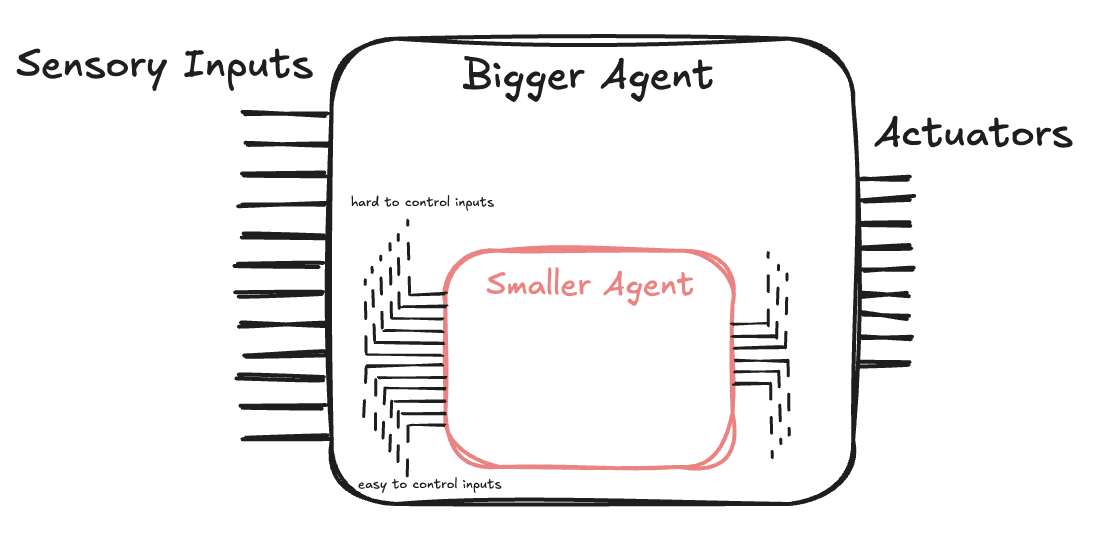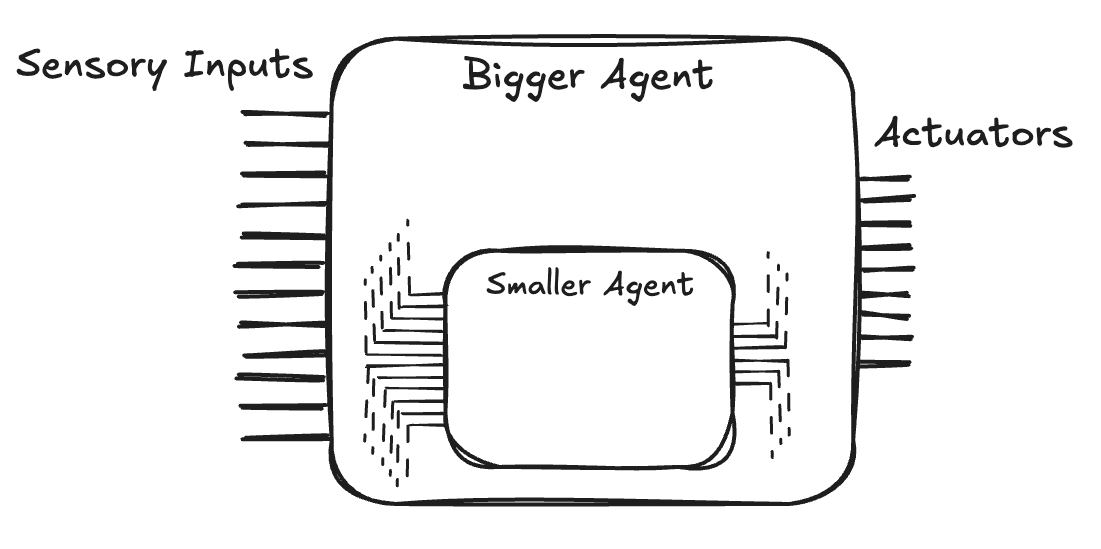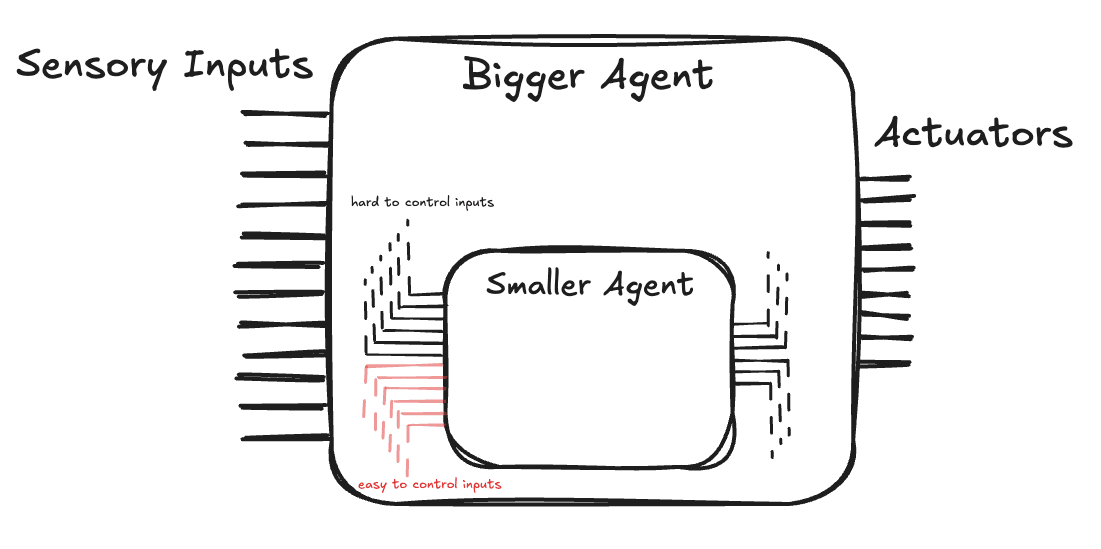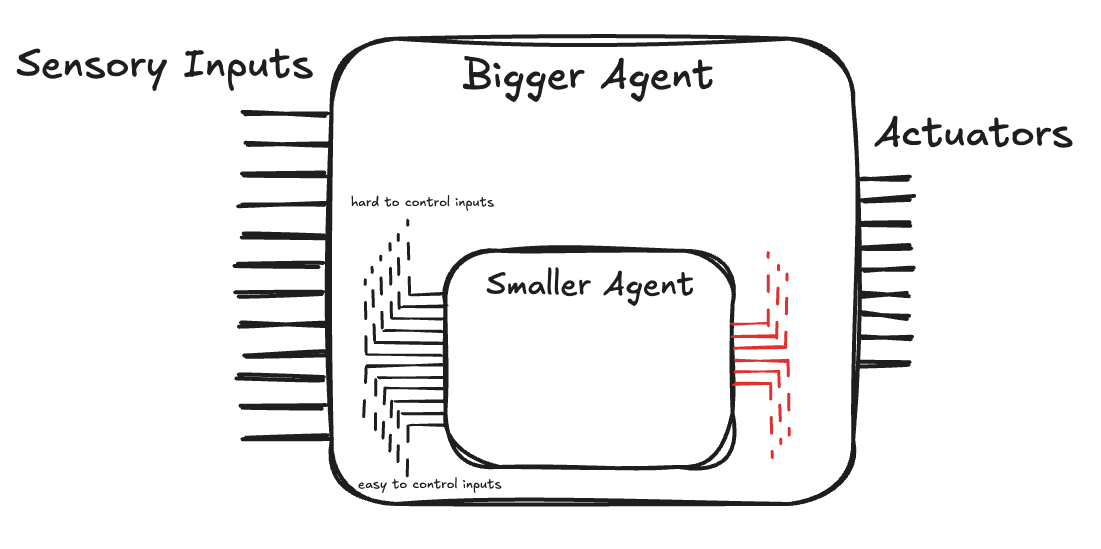“Diagonalization: A (slightly) more rigorous model of paranoia” by habryka
Description
In my post on Wednesday (Paranoia: A Beginner's Guide), I talked at a high level about the experience of paranoia, and gave two models (the lemons market model and the OODA loop model) that try get us a bit closer to understanding its nature and purpose.
I then made a big claim that went largely unargued in the post, that there are exactly three kinds of strategies that make sense to pursue in adversarial information environments:
- You blind yourself
- You eliminate the sources of deception
- You act unpredictably
Now, Unnamed brought up a very reasonable critique in the comments! Why would there be exactly three strategies that make sense? How can we have any confidence that there isn't a 4th kind of strategy that works?
And, in reality, there are totally other kinds of strategies. Many of the most effective strategies (like building networks of trust, hiring independent auditors, performing randomized experiments and "getting better at figuring out the truth on your own") don't neatly fit into the categories in that post. Maybe they can somehow be forced into this ontology, but IMO they are not a great fit.
But I argue that there [...]
The original text contained 6 footnotes which were omitted from this narration.
---
First published:
November 16th, 2025
---
Narrated by TYPE III AUDIO.
---
Images from the article:




Apple Podcasts and Spotify do not show images in the episode description. Try Pocket Casts, or another podcast app.





